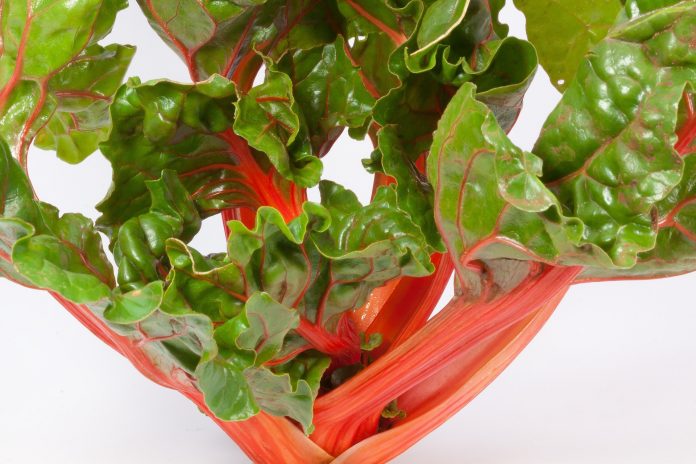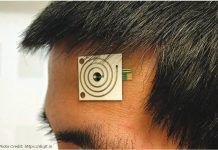
MIT engineers have found a way to monitor plants, to observe their response to different types of stimuli, from swearing, insect bites, or infections, to aggressive light, or others, using a nanosensor built from carbon nanotubes.
The sensors are embedded in the leaves of plants, which use hydrogen peroxide to chemically communicate inside their leaves, transmitting stress signals that stimulate the leaf cells to defend or cause healing. These nanosensors use the signals of hydrogen peroxide to decode the different types of stress of different species of plants.
According to Michael Strano, professor of chemical engineering at MIT and lead author of the study, the plants have a very sophisticated communication formula, but that can now be highlighted in real time.
The main author of the paper, published on this occasion in Nature Plants, is, however, already a graduate of MIT Mr. Tedrick Thomas Salim Lew.
Built-in nanosensors
In recent years Michael Strano has explored in his research laboratory the possibilities offered by these nanosensors, installations that offer new functions such as light emission or water deficit detection, and in his last study trying to help them evaluate the state of plant health. Previously, he developed nanosensors made of carbon nanotubes to detect different molecules, even hydrogen peroxide.
Tedrick Thomas Salim Lew used a method called penetration of the lipid exchange envelope, abbreviated (LEEP), to incorporate nanosensors into the leaves of plants. This method developed in Strano’s laboratory, several years before, allows the penetration of plant leaf cell membranes by designing nanoparticles.
He noted that after a leaf was injured, hydrogen peroxide was released from the wound, generating waves that spread across the leaf, in the same way that neurons send electrical impulses to the human brain. During the plant cell’s release of hydrogen peroxide, the release of calcium in nearby cells triggers thus stimulating these cells to also release hydrogen peroxide. Propagation of this signal is done on the principle of the domino, the wave being propagated by the cells that receive and send it further. As we mentioned before, this hydrogen peroxide overflow stimulates plant cells to produce molecules such as flavonoids or carotenoids, which immediately help repair the leaf’s body when it has been injured. From case to case, some plants produce secondary metabolites that are secreted to protect the plant from predators. These metabolites are often a source of food flavors that appear in plants only in so-called stress situations.
An essential advantage of this detection technique which use nanosensors would be that it can be used in many different plant species. Thus the researchers tested watercress, spinach, arugula, lettuce, sorrel, strawberry plants, finding that different species produce different wave forms, having a distinctive shape determined by the concentration of hydrogen peroxide over time. They assume that the way each plant responds is related to its ability to counteract damage and heal itself. It is already obvious that each species responds in its own way to different types of stress, mechanical injury, infection or heat. The wave form emitted by the plant contains many important information for each species, being very interesting that everything is encrypted in this wave form.
The near-infrared fluorescence produced by the nanosensors can be imaged using an infrared camera connected to a Raspberry Pi computer (from the 2012 generation), a computer similar in size to the one inside the smart phones. Basically, the signal capture can be done with very cheap instruments, remarked Michael Strano.
He states that the applications of this technology include screening those species of plants characterized by the ability to withstand mechanical damage, strong light, heat and other forms of stress. Also considering that they could also be used to study how species respond to pathogens, such as bacteria that affect citrus fruits or coffee trees.
Michael Strano and his colleagues from the MIT interdisciplinary research group are interested in studying how plants respond to growing conditions in urban farms or when plants are grown at a very high density, activating a stress response and redirecting their resources to growth higher instead of becoming more vigorous to be more productive.



